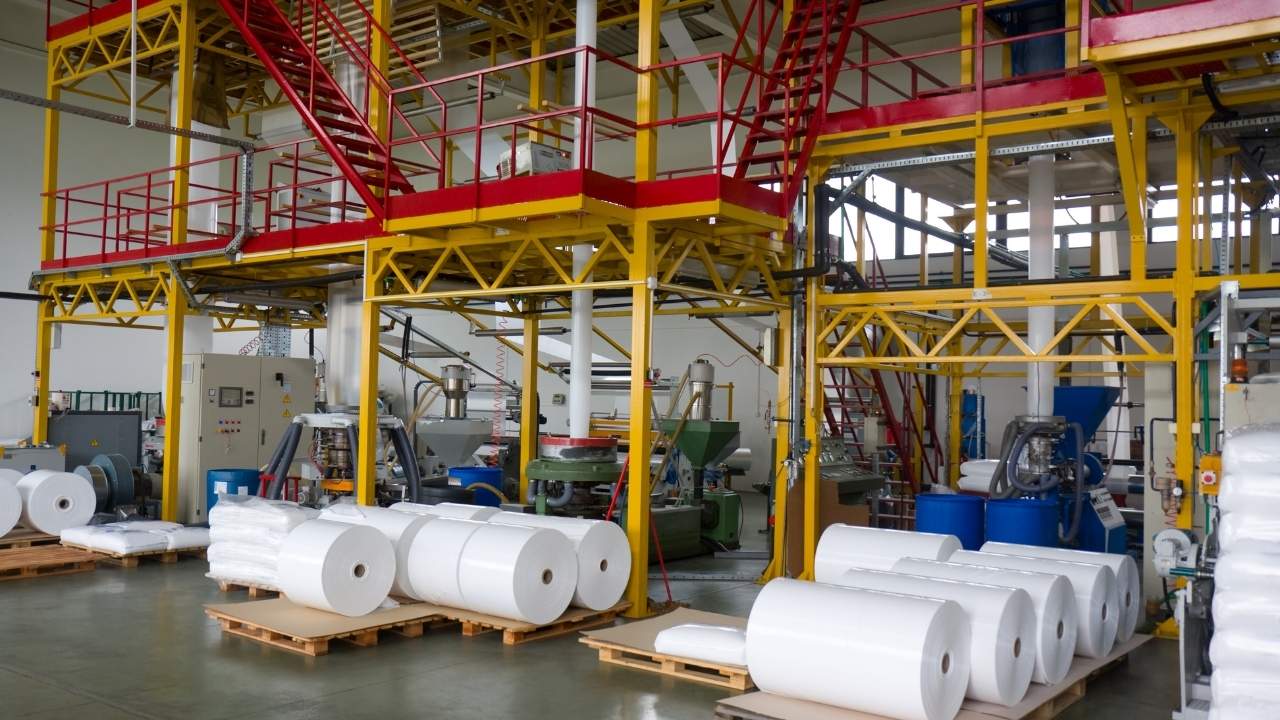With the rise of online marketplaces, such as Amazon, eBay, and Walmart.com, businesses are finding it difficult to compete without shifting to multi channel retailing, or omni-channel retailing.
Multi Channel Retailing
What exactly is multi channel retailing and how does it benefit modern businesses?
Multi channel retailing is an ecommerce technique of selling products in a variety of marketplaces beyond the company’s owned website(s). These marketplaces include more common ones such as Amazon, eBay, and Walmart.com, but now also include social media outlets.
[widget id=”custom_html-32″]
Why You Should Shift to Multi Channel Retailing
Many online users are rewarded for being committed to the marketplaces they choose to shop. Amazon Prime users receive benefits such as free 2-day shipping for millions of products, and eBay users receive cash back rewards— chances are if you’re reading this, you or someone in your household is a Prime user. A recent survey (2016) showed that 70% of Prime users check Amazon before searching other sites for products they are looking for. Now that’s dedication! With these users skipping the search bar and going straight to the marketplace, you can imagine why selling on additional channels can expand your reach as a business. Furthermore, 30% of Prime users order something every week. With more than 56 million prime users, that’s over 16 million orders a week from Prime users alone!
[widget id=”custom_html-36″]
Steps in Shifting to Multi Channel Retailing
Expanding to online marketplaces is becoming easier and easier. Where it becomes challenging is the complexity that comes along with it. As you can imagine, keeping stock up-to-date for multiple storefronts becomes a nightmare.
The traditional approach is archaic—keeping several excel spreadsheet, making manual edits to the inventory system, updating several storefronts on several websites, and constantly doing inventory. Let me tell you from experience, it gets chaotic quickly.
How does one keep consistent and reduce complexity? It all comes down to your Enterprise Resource Planning (ERP) system. Modern Cloud ERP systems, like Versa Cloud ERP, do the heavy lifting for your business (and your employees) by connecting all of your storefronts to a centralized system that supports shared stock levels, shipping integration, email, and more. Systems like Versa are even able to push product data (images, product features, etc.) to all of your channels with a single click verses timely single channel updates. What was once complicated is now as simple as fulfilling orders for a single webstore.
Benefits of Multi Channel Retailing
Now, let’s talk about the benefits of shifting to multi channel retailing. To start, your bottom line will be very happy. As noted by a recent report, with the increase of marketplaces, some interesting things begin to happen:
- Retailers who sell on two or more marketplaces saw 190% more revenue than those who sell on a single marketplace.
- Retailers who sold on Amazon have a higher volume of orders than those who don’t.
A common concern with selling on multiple marketplaces involves the fees associated with them. However, as you can see, with a combination of a modern business system, and the additional profits from omni-channel sales, they pay for themself quickly.
For more tips and tricks on helping your business succeed in the Age of Amazon, download our ebook. In it you’ll discover six strategies to stay competitive and grow your business!
We at www.versaclouderp.com can help!
[widget id=”custom_html-34″]







